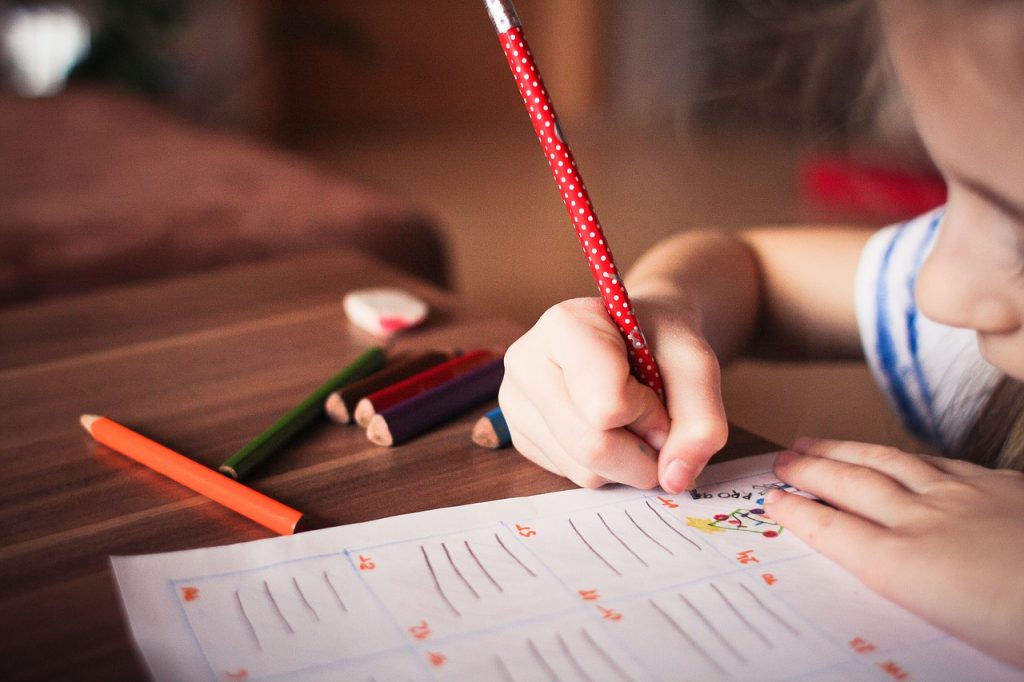Austrian scientist and philosopher Rudolf Steiner (1861 – 1865) developed a holistic theory of education based on three 7-year cycles of development. He believed that education needed to respect these cycles and the type of thinking or feeling that a child experiences. The first cycle from birth to the age of 7 children are immersed in action and are motivated to play and create. From 7 to 14 children explore ‘feeling’ and from 14-21 they develop their cognitive or thinking abilities.
Steiner believed that in the early years children’s learning should be as hands on as possible, and children are not exposed to printed language until after the age of 7. Spoken language is very important, so stories are narrated and memorisation encouraged, and mathematics is introduced in practical terms. Another important idea is the rhythm of the day. Steiner believed in continuity, structure and repetition, and argued that children needed to feel secure in the pattern of the day and the pattern of the week, so there are set days for activities such as painting or cooking and the passage of the season is observed and celebrated. Each day has its own rhythms and rituals with time for the children to play and invent and time led by the adult. The environment is also important and is designed to resemble a home, with different areas separated by fabric, lots of natural light and materials, and the only sound is that of human voices.
How can we apply Steiner’s methods today?
Steiner’s theories are particularly relevant in a world dominated by synthetic materials, screens and background noise. Creating a natural and peaceful environment for children to learn in can be more challenging that we realise. Steiner’s ideas of repetition and structure can be easily applied, and the focus on practical mathematics – for example talking about the shapes of vegetables or the weight of ingredients – and spoken language by narrating and memorising rather than reading stories to minimise distraction from the print are worth trying.

